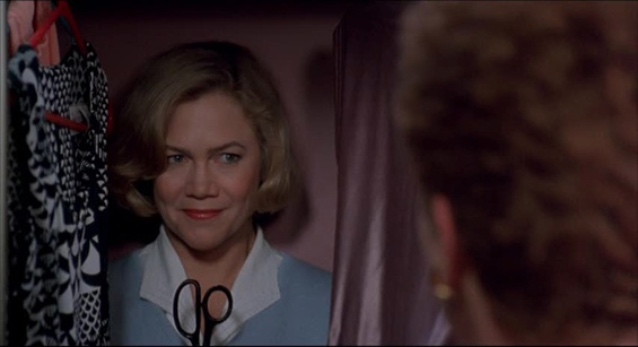
In 2005, like a dutiful teen with a disposable income, I saw Mr. & Mrs. Smith in theatres. What I remember most—more than the chemistry between a pre-Brangelina Brad and Angie and any specific plot points—was a stranger who advised me after my reaction to one particularly goofy scene, “You need to learn how to laugh.” I’m still not sure if that was meant to apply to my sense of humour (but Brad’s pretty funny, right?) or if the decibel and pitch of my cackle was offensive. I suspect the latter was the case: I wasn’t just a silly teen girl laughing out loud, I was also laughing loudly.
It’s not hard to imagine why a random moviegoer might take offense at my full-bodied guffaw: women aren’t supposed to be loud, and they’re not supposed to enjoy themselves. This is a simplification, of course, but look no further than Lindy West’s Shrill: Notes from a Loud Woman or the kind of racist, sexist abuse vocal comedians like Margaret Cho and Leslie Jones face on a daily basis on social media. Laughing out loud in public (like in a movie theatre) becomes a declaration of joy in a world where women’s pleasure—let alone safety or equality—rarely ranks high among public interests.
On top of this reality, we can’t forget about that oh-so-universally held truth that women, you know, just aren’t funny. As Cathleen Evans wrote in the last cléo newsletter: “The fact that the stereotype of the unfunny woman (or the feminist buzzkill) won’t die is proof of its potency as an ideological weapon wielded against women who speak their minds.” Thought of that way, lol-ing is about as radical as it gets.
Thought of that way, lol-ing is about as radical as it gets.
In our eleventh issue, we’re relishing in the spectacle of women cackling, chuckling and chortling. Jovana Jankovic (who also acted as copy editor on this issue) combs her way through the comedic compulsions of John Waters’ modern masterpiece Serial Mom. Sarah Hagi does the Lord’s Work™ looking at Corbin Bernsen’s Christian Mingle to decode the great mystery that is the “guilty pleasure.” Sarah Lennon Galavan examines how Nadine Labaki’s Where Do We Go Now? challenges conventional representations of Middle Eastern women on screen. Fanta Sylla writes the long deserved ode to Raven-Symoné’s physical comedy in That’s So Raven; Erica Peplin pens a love letter to Jennifer Coolidge; and Veronica Fitzpatrick takes on laughing as a means of resistance in Mélanie Laurent’s Breathe. Deragh Campbell talks to Tallie Medel (who she shared the screen with in Nathan Silver’s Stinking Heaven) about comedic versus dramatic acting. We also have a roundtable on Queering Comedy, featuring our own Mallory Andrews, Transparent’s Brittani Nichols and comedian Jess Beaulieu. For this installment of Women to Watch, Michelle Kay spotlights Stacey Aglok MacDonald, co-creator and producer of the Inuktitut comedy show Qanurli.
We’re also so pleased to have original cover art by Desi pop artist and all-round queen Maria Qamar, a.k.a. Hatecopy.
As always, a massive thanks goes out to the editorial team: Manisha Aggarwal-Schifellite, Mallory Andrews, Kathleen Kampeas-Rittenhouse and Lydia Ogwang. The laughs we share putting these issues together make all the work well worth it.
Sit back. Have a laugh. And let it be a loud one.
– Kiva Reardon
August 18, 2016





